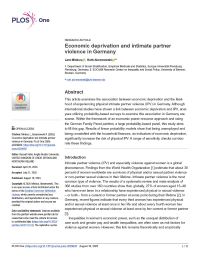
Der zweite Zusammenhaltsbericht des FGZ analysiert umfassend, wie die deutsche Bevölkerung zur sozial-ökologischen Transformation steht. Die Ergebnisse zeigen deutliche Konfliktlinien, aber auch überraschende Konsenspotenziale zwischen verschiedenen gesellschaftlichen Gruppen. Den Bericht als Kurz- und Langfassung sowie weitere Informationen finden Sie auf dieser Seite.
Die Veröffentlichung des zweiten Zusammenhaltsberichts am 13. November 2025 wird gerahmt durch zwei Veranstaltungen am gleichen Tag:
Um 10 Uhr wird die Studie im Rahmen einer Bundespressekonferenz in Berlin vorgestellt. Mit: Dr. Silke Launert (Parlamentarische Staatssekretärin bei der Bundesministerin für Forschung, Technologie und Raumfahrt), Prof. Dr. Olaf Groh-Samberg (Direktor des FGZ und Leiter des German Social Cohesion Panel), Dr. Nils Teichler (Forschungsdatenzentrum des FGZ) und Clara Dilger (FGZ Leipzig).
Um 18 Uhr werden die Ergebnisse der Studie im Rahmen einer Podiumsdiskussion in Halle mit Vertreter:innen aus Wissenschaft, Medien und Zivilgesellschaft diskutiert. Die Veranstaltung findet statt in Zusammenarbeit mit dem Mitteldeutschen Rundfunk (MDR) und dem Zukunftszentrum Deutsche Einheit und Europäische Transformation. Die Veranstaltung ist öffentlich – nähere Informationen finden Sie hier.
Kontakt
Dr. Nils Teichler
Prof. Dr. Olaf Groh-Samberg
Dr. Jean-Yves Gerlitz














